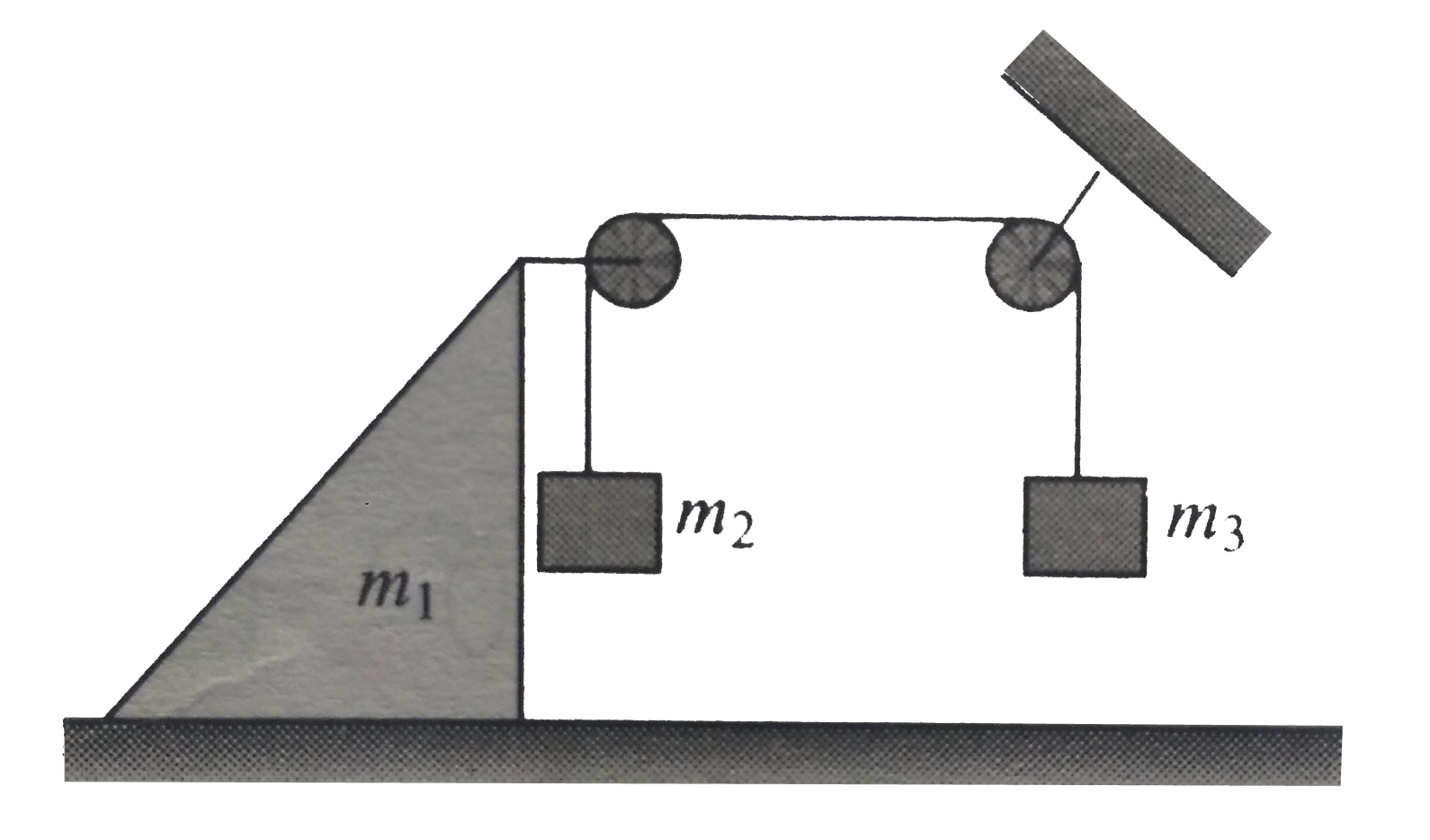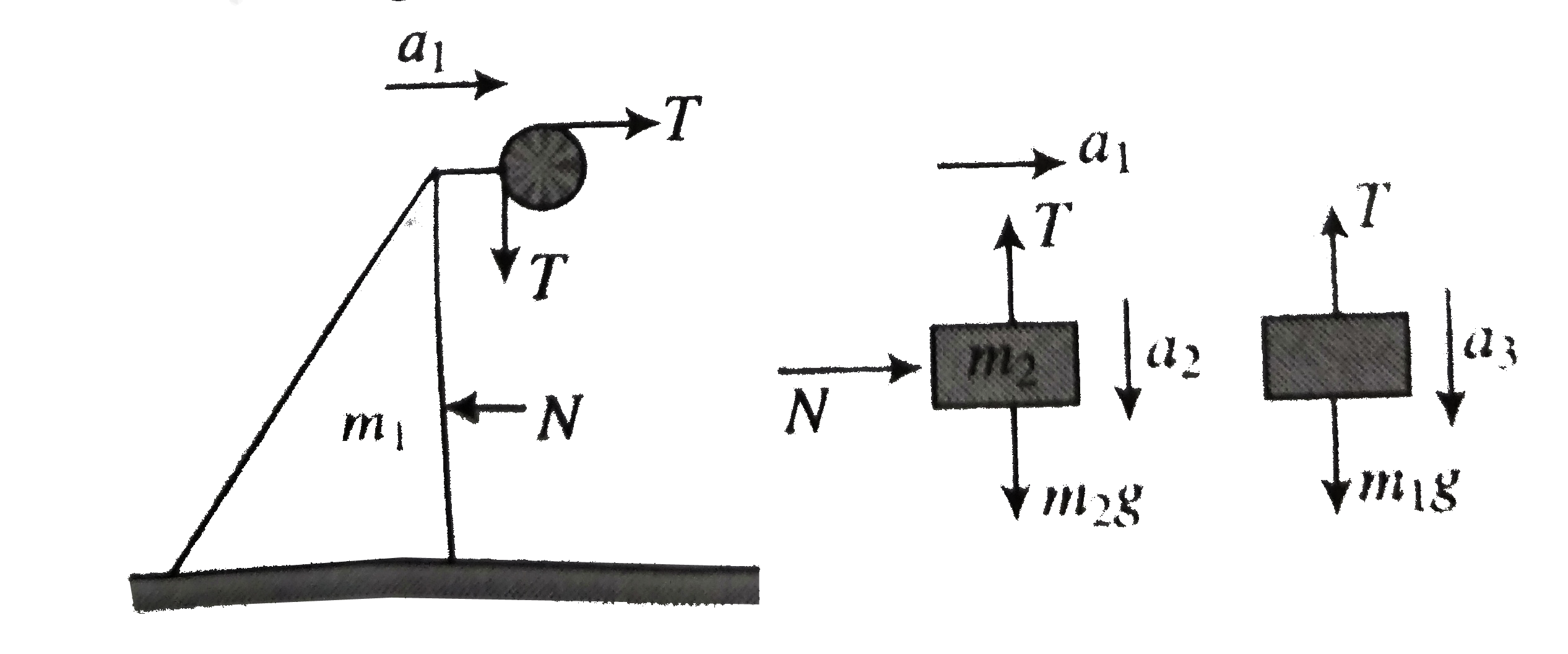A
B
C
D
Text Solution
Verified by Experts
The correct Answer is:
|
Topper's Solved these Questions
NEWTON'S LAWS OF MOTION 1
CENGAGE PHYSICS|Exercise Integer|5 VideosView PlaylistNEWTON'S LAWS OF MOTION 1
CENGAGE PHYSICS|Exercise Assertion-reasoning|15 VideosView PlaylistMISCELLANEOUS VOLUME 2
CENGAGE PHYSICS|Exercise INTEGER_TYPE|10 VideosView PlaylistNEWTON'S LAWS OF MOTION 2
CENGAGE PHYSICS|Exercise Integer type|1 VideosView Playlist
Similar Questions
Explore conceptually related problems
Knowledge Check
Similar Questions
Explore conceptually related problems
CENGAGE PHYSICS-NEWTON'S LAWS OF MOTION 1-Linked Comperhension
- In fig. both pulleys and the string are massless and all the surfaces ...
10:46
|
Play - In fig. both pulleys and the string are massless and all the surfaces ...
10:46
|
Play - In fig. both pulleys and the string are massless and all the surfaces ...
10:46
|
Playing Now - In the arrangement shown in fig., all pulleys are smooth and massless....
10:41
|
Play - In the arrangement shown in fig., all pulleys are smooth and massless....
10:41
|
Play - In the arrangement shown in fig., all pulleys are smooth and massless....
10:41
|
Play - In the arrangement shown in fig., all pulleys are smooth and massless....
10:41
|
Play - Two blocks of masses m(1) and m(2) are connected with a light spring o...
06:57
|
Play - Two blocks of masses m(1) and m(2) are connected with a light spring o...
06:57
|
Play - Two blocks of masses m(1) and m(2) are connected with a light spring o...
06:57
|
Play - Two smooth block are placed at a smooth corner as shown in fig. Both t...
08:55
|
Play - Two smooth block are placed at a smooth corner as shown in fig. Both t...
08:55
|
Play - Two smooth block are placed at a smooth corner as shown in fig. Both t...
08:55
|
Play - Two containers of sand are arranged like the block as shown in fig. th...
06:40
|
Play - Two containers of sand are arranged like the block as shown in fig. th...
06:40
|
Play - A time varying force F=6t-2t^(2)N, at t=0 starts acting on a body of m...
Text Solution
|
Play - A time varying force F=6t-2t^(2)N, at t=0 starts acting on a body of m...
10:15
|
Play - A time varying force F=6t-2t^(2)N, at t=0 starts acting on a body of m...
10:15
|
Play - For the system shown in fig, there is no friction anywhere. Masses m(1...
03:06
|
Play - For the system shown in fig, there is no friction anywhere. Masses m(1...
03:01
|
Play

